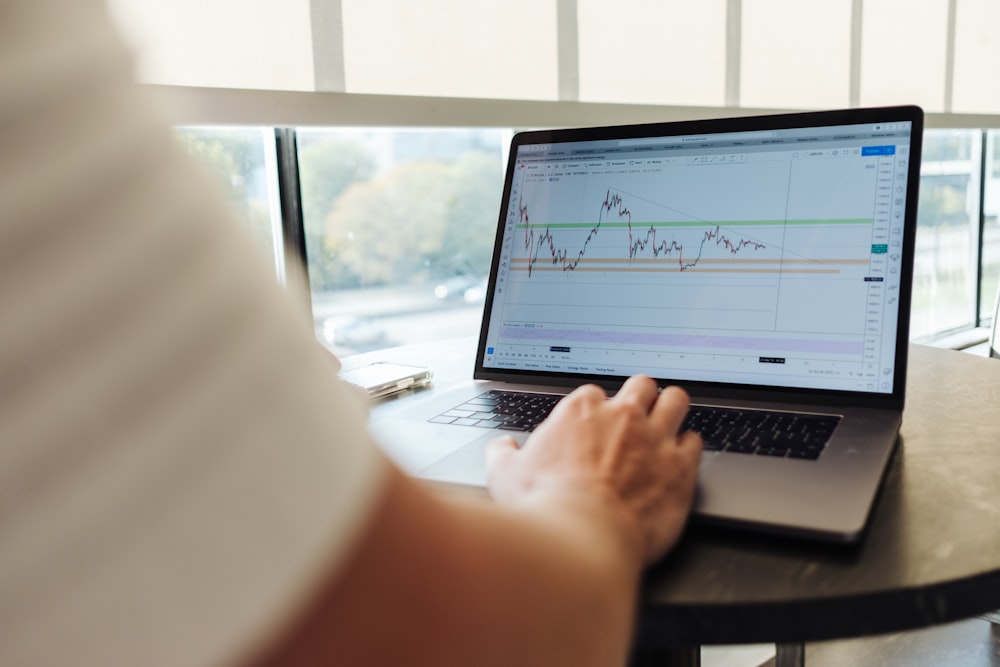US Markets Keep Rotational And Brace For Data
Image Source: Unsplash
- US stock futures seemingly short covering on Monday, following a two-week decline for the Dow and S&P 500, as investors assessed the US economic outlook and monetary policy.
- Concerns over the debt ceiling, banking sector risks, and the broader economy dampened investor sentiment, resulting in declines of 1.11% for the Dow and 0.29% for the S&P 500 last week.
- The Nasdaq Composite, however, rose 0.4% as large-cap technology stocks continued to outperform.
- US consumer sentiment reached a six-month low in May, while inflation expectations for the next five years reached their highest levels since 2011, adding to the market’s cautious tone.
- President Joe Biden and congressional leaders are scheduled to meet this week to address the approaching “X date,” which marks a potential government default.
- The dollar index stabilized above 102.5, reaching its highest level in over a month due to increased safe-haven demand amidst global economic uncertainties.
- Federal Reserve Governor Michelle Bowman indicated the possibility of further interest rate increases if inflation persists, closely monitoring key data.
- The yield on the US 10-year Treasury note stood around 3.43% after fluctuations, with market expectations pointing to a potential pause in rate hikes by the Federal Reserve in June.
- The market continues to focus on the debt ceiling issue and the regional banking crisis.
The E-mini S&P 500 is currently trading up by approximately 0.4%, as it tastes the upper extreme of a tightly bracketed area that has persisted for six consecutive days. Traders are closely observing these specific boundaries to conclude potential rotational scenarios.
Current calculations indicate a bias towards the upside, although the technical perspective reveals some selling pressure near the upper extreme of the bracketed area. Nevertheless, the prevailing path of least resistance appears to be pointing towards the upside, with an eye on targeting the highs for potential absorption purposes. In this regard, the developing Volume-Weighted Average Price (VWAP) and the previous VWAP closing level may serve as support for buyers looking to establish core long positions throughout the session. However, the ultimate direction will depend on the unfolding auction process during the New York trading session.
On the economic front, investors will keenly monitor the NY Empire State Manufacturing Index, a key indicator of business activity, to assess the impact of higher interest rates and project potential shifts in the rate-cut trajectory. This data will provide valuable insights into the broader market dynamics influenced by interest rate movements.
More By This Author:
Euro Hits Three-Week Low As US And China Inflation Reports Puzzle Investors
Offshore Yuan Weakens As China’s Producer Prices Declined Sharply
Strong Global Production Puts Pressure On Wheat Prices Despite Recent Gains
Like this article? Learn more about the VWAP with trusted and premium educational market insights with a subscription.
Visit our more





